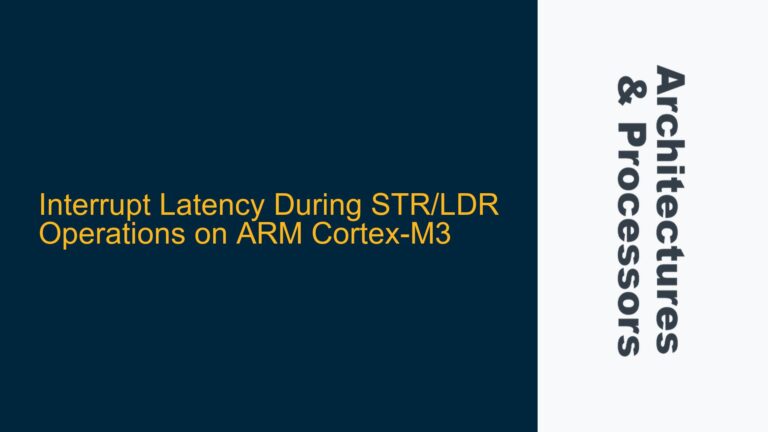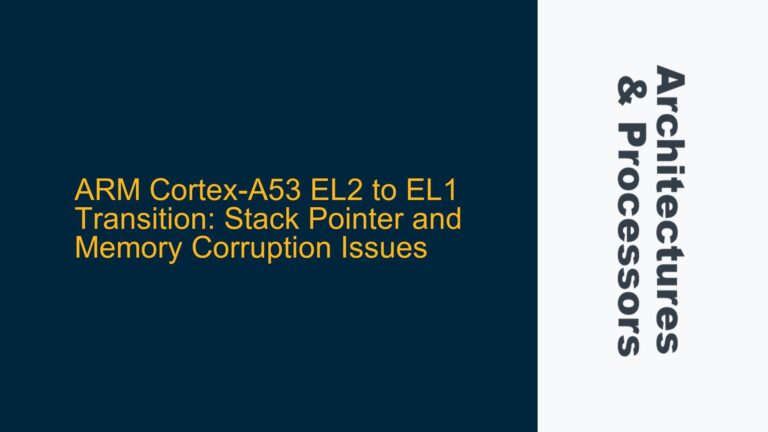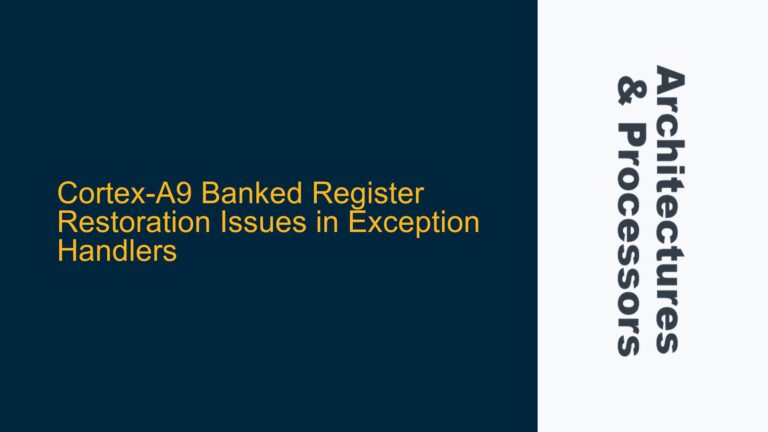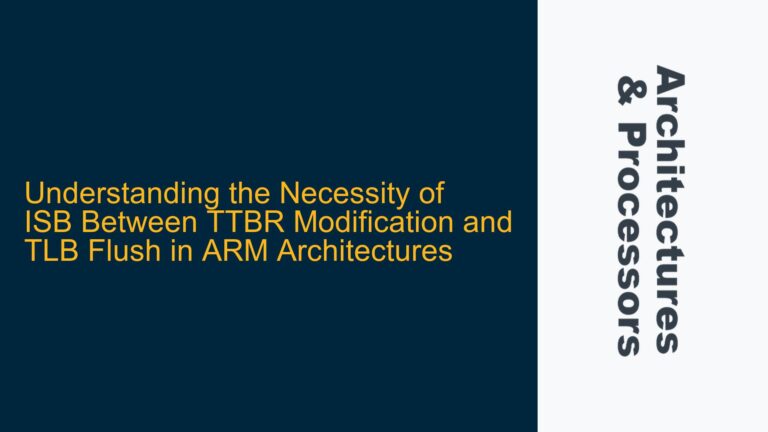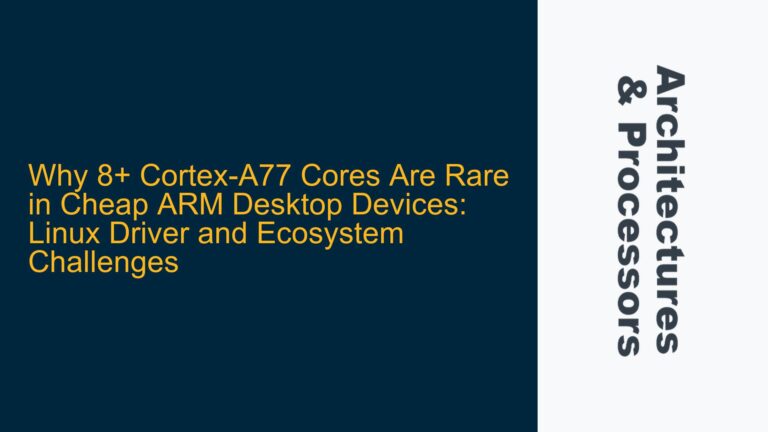ARM Cortex-M4/M7 for Audio DSP: Hardware and Firmware Considerations
Designing a custom ARM-based board for audio digital signal processing (DSP) involves a deep understanding of both hardware and firmware interactions. The primary goal is to achieve real-time audio processing with minimal latency, high signal-to-noise ratio (SNR), and efficient resource utilization. The ARM Cortex-M4 and Cortex-M7 processors are particularly well-suited for this task due to their DSP extensions, floating-point units (FPU), and low-latency peripherals. However, integrating these processors into a custom board requires careful consideration of several factors, including ADC/DAC selection, memory architecture, and firmware optimization.
The ARM Cortex-M4 and Cortex-M7 cores offer single-cycle multiply-accumulate (MAC) operations, which are critical for audio DSP tasks such as filtering, Fast Fourier Transform (FFT), and convolution. These processors also support SIMD (Single Instruction, Multiple Data) instructions, enabling parallel processing of audio samples. However, the performance of these cores is highly dependent on the surrounding hardware, particularly the analog-to-digital converter (ADC) and digital-to-analog converter (DAC). A high-quality ADC with a high SNR is essential for capturing audio signals accurately, while a low-latency DAC ensures that processed audio is output without noticeable delay.
In addition to the processor and converters, the memory architecture plays a crucial role in the performance of the audio DSP system. The Cortex-M4 and Cortex-M7 cores typically use a Harvard architecture with separate instruction and data buses, allowing for simultaneous access to program memory and data memory. However, the speed and size of the memory can become a bottleneck if not properly designed. For example, the Cortex-M7’s TCM (Tightly Coupled Memory) can be used to store frequently accessed data and instructions, reducing access latency and improving overall performance.
Firmware optimization is another critical aspect of designing a custom ARM-based audio DSP board. The firmware must be designed to take full advantage of the processor’s capabilities, including its DSP extensions and FPU. This often involves writing highly optimized assembly code for critical sections of the DSP algorithms, as well as using compiler intrinsics to access specialized instructions. Additionally, the firmware must manage the peripherals efficiently, ensuring that data is transferred between the ADC, DAC, and processor with minimal latency.
ADC/DAC Integration and Real-Time Processing Challenges
Integrating high-quality ADC and DAC components into a custom ARM-based board presents several challenges, particularly when aiming for real-time audio processing. The ADC must be capable of sampling audio signals at a high enough rate to capture all relevant frequencies, typically at least 44.1 kHz for CD-quality audio. The ADC’s SNR is also critical, as a low SNR can introduce noise into the audio signal, degrading the quality of the processed audio. Similarly, the DAC must be able to convert the processed digital audio back to an analog signal with minimal latency and distortion.
One common issue when integrating ADC and DAC components is ensuring that the data transfer between these components and the processor is handled efficiently. The ARM Cortex-M4 and Cortex-M7 cores support various communication interfaces, including I2S (Inter-IC Sound), SPI (Serial Peripheral Interface), and DMA (Direct Memory Access). I2S is particularly well-suited for audio applications, as it is designed specifically for transferring digital audio data between devices. However, configuring the I2S interface correctly can be challenging, particularly when dealing with multiple audio channels or high sample rates.
DMA is another critical component for real-time audio processing, as it allows the processor to offload data transfer tasks to a dedicated hardware module. This frees up the processor to focus on DSP tasks, reducing the overall latency of the system. However, DMA configuration can be complex, particularly when dealing with circular buffers or multi-channel audio. Additionally, the DMA controller must be carefully synchronized with the processor to avoid data corruption or loss.
Another challenge when integrating ADC and DAC components is managing the power supply and grounding. Audio signals are particularly sensitive to noise, and any noise introduced by the power supply or grounding can degrade the quality of the audio signal. This is particularly important when designing a custom board, as the layout of the power and ground planes can have a significant impact on the overall performance of the system. Proper decoupling and filtering of the power supply are essential to minimize noise and ensure a clean audio signal.
Firmware Optimization and DSP Algorithm Implementation
Firmware optimization is a critical aspect of designing a custom ARM-based audio DSP board, as it directly impacts the performance and efficiency of the system. The firmware must be designed to take full advantage of the processor’s capabilities, including its DSP extensions, FPU, and SIMD instructions. This often involves writing highly optimized assembly code for critical sections of the DSP algorithms, as well as using compiler intrinsics to access specialized instructions.
One of the most common DSP algorithms used in audio processing is the Fast Fourier Transform (FFT), which is used to convert a time-domain audio signal into its frequency-domain representation. The ARM Cortex-M4 and Cortex-M7 cores are particularly well-suited for FFT calculations, as they support single-cycle MAC operations and SIMD instructions. However, implementing an efficient FFT algorithm requires careful optimization of the code, particularly when dealing with large datasets or high sample rates.
Another common DSP algorithm used in audio processing is the finite impulse response (FIR) filter, which is used to remove unwanted frequencies from an audio signal. The ARM Cortex-M4 and Cortex-M7 cores are also well-suited for FIR filter calculations, as they support single-cycle MAC operations and SIMD instructions. However, implementing an efficient FIR filter requires careful optimization of the code, particularly when dealing with long filter kernels or high sample rates.
In addition to optimizing the DSP algorithms, the firmware must also manage the peripherals efficiently, ensuring that data is transferred between the ADC, DAC, and processor with minimal latency. This often involves configuring the DMA controller to handle data transfers automatically, freeing up the processor to focus on DSP tasks. Additionally, the firmware must manage the I2S interface, ensuring that audio data is transferred between the ADC, DAC, and processor without errors or delays.
Finally, the firmware must be designed to handle real-time processing constraints, ensuring that the audio signal is processed and output with minimal latency. This often involves using circular buffers to store audio data, as well as implementing interrupt service routines (ISRs) to handle data transfer events. Additionally, the firmware must be designed to handle errors and exceptions gracefully, ensuring that the system can recover from unexpected events without crashing or producing distorted audio.
In conclusion, designing a custom ARM-based audio DSP board requires careful consideration of both hardware and firmware interactions. The ARM Cortex-M4 and Cortex-M7 processors are well-suited for audio DSP tasks, but their performance is highly dependent on the surrounding hardware, particularly the ADC and DAC. Additionally, firmware optimization is critical for achieving real-time audio processing with minimal latency and high efficiency. By carefully designing the hardware and firmware, it is possible to create a custom ARM-based audio DSP board that meets the requirements of even the most demanding audio processing applications.

